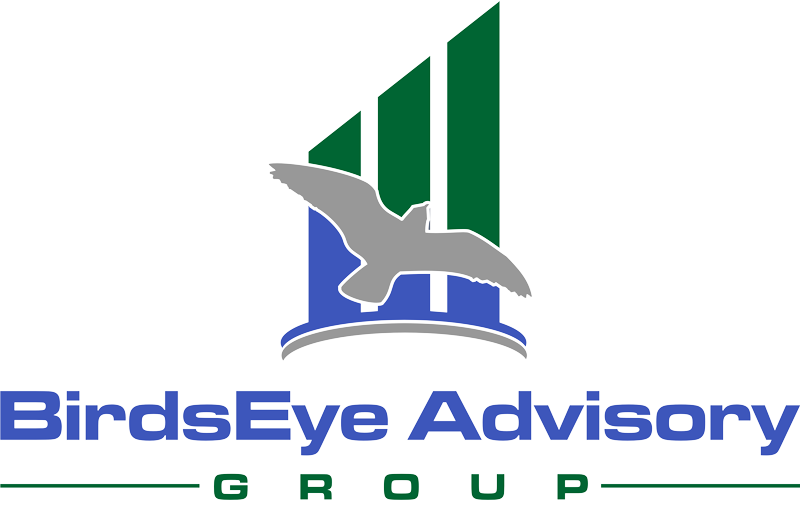
Since I last wrote about this subject in early 2012, the interest from private equity firms in pet has not waned. On the contrary, interest is as robust as ever and I have no doubt that you, as a pet company owner, get multiple calls per month from private equity groups interested in discussing a potential acquisition.
The thing is, most small business owners are not familiar with what exactly a private equity firm is, and what they are looking for when making acquisitions in the pet space. These next two articles are devoted to educating my readers on the who, what, why, and how of private equity.
What is the definition of private equity?
Private equity (PE) is capital that is not listed on a public exchange. Private equity is composed of funds and investors that directly invest in private companies, or that engage in buyouts of public companies, resulting in the delisting of public equity.
PE firms typically buy controlling shares of private firms, often funded by debt (aka leverage) with the hope of later taking them public or selling them to another company in order to turn a profit. Most PE firms hold their investments for 3-5 years, and during that time hope to triple or even quadruple their money. Once a PE firm acquires a business, it becomes part of their “portfolio” of companies.
Where do PE firms find investment capital?
PE firms generally raise money from pension funds and wealthy individuals. They will typically start out to raise a certain dollar amount – usually in the hundreds of millions – and when they have raised that amount, they form a new “fund” out of which they will invest the capital in acquiring companies. Once they have invested all of the money in that fund, they usually go on to raise a new fund. Thus, a PE firm will have Fund I, Fund II, Fund III, etc.
How do PE firms make money?
Fees
The first (and most reliable) method for a PE firm to generate revenue is through fees. Fees are utilized to fund the daily operations of a PE firm, including overhead costs and salaries. Through the years, firms have become quite adept at identifying opportunities to extract fees.
First, all the investors (also known as limited partners, or LP’s) have to pay a management fee—usually 2% of their committed capital—for the privilege of investing with a private equity firm.
Aside from charging their investors, PE firms also generate capital from their portfolio companies. During the initial deal, the firm sometimes takes a transaction fee of around 1% of the deal amount. Furthermore, the PE firm charges portfolio companies monitoring fees for various consulting and advisory services performed during the life of the investment.
Carried Interest
While fees may keep the lights on, carried interest is where PE firms and their limited partners make the real money. Carried interest refers to the private equity firm’s share of the capital gains generated by a fund, which are created by earning profits on their portfolio companies. Firms typically realize returns on their investments by selling the company or taking it public.
Most PE firms are eligible to receive 20% of the carried interest according to their limited partnerships. However, firms must achieve a predetermined rate of return (referred to as the hurdle rate and typically set at about 8%) before taking part in carried interest to ensure investors receive an adequate return. The best performing PE firms are often able to command more than 20% in carried interest and negotiate a low hurdle rate—or none at all.
Stay tuned for part two of “Private Equity’s Love Story with the Pet Industry” where we’ll cover the advantages of selling to PE, what makes a pet company appealing to a PE firm, and whether your company is a candidate to be acquired by PE.
Carol Frank of Boulder, CO, is the founder of four companies in the pet industry and a Managing Director with BirdsEye Advisory Group, where she advises pet companies in M&A transactions and Exit Planning. She is a former CPA, has an MBA, is a Certified Mergers and Acquisitions Advisory (CM&AA) and holds Series 79 and 63 licenses. She highly values and incentivizes referrals and can be reached at cfrank@birdseyeadvisory.com.
